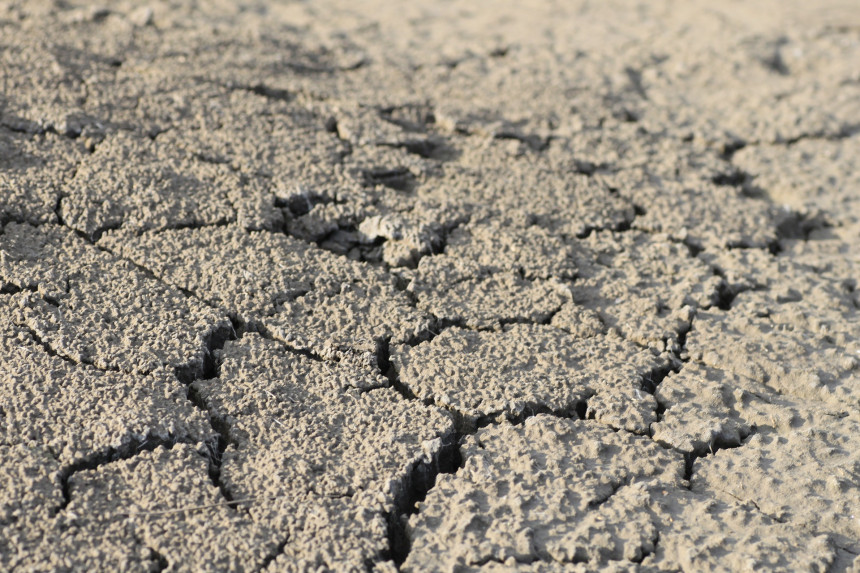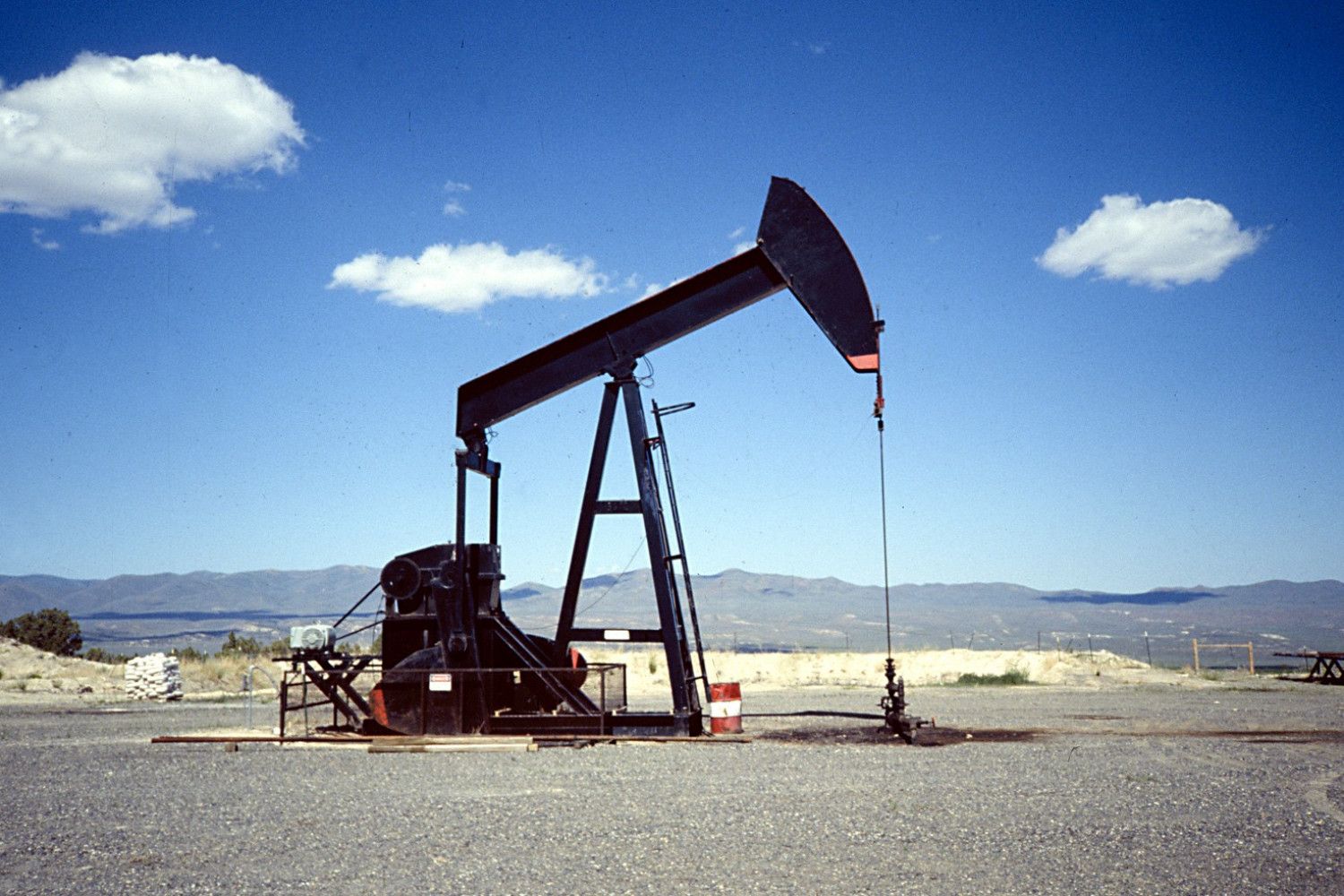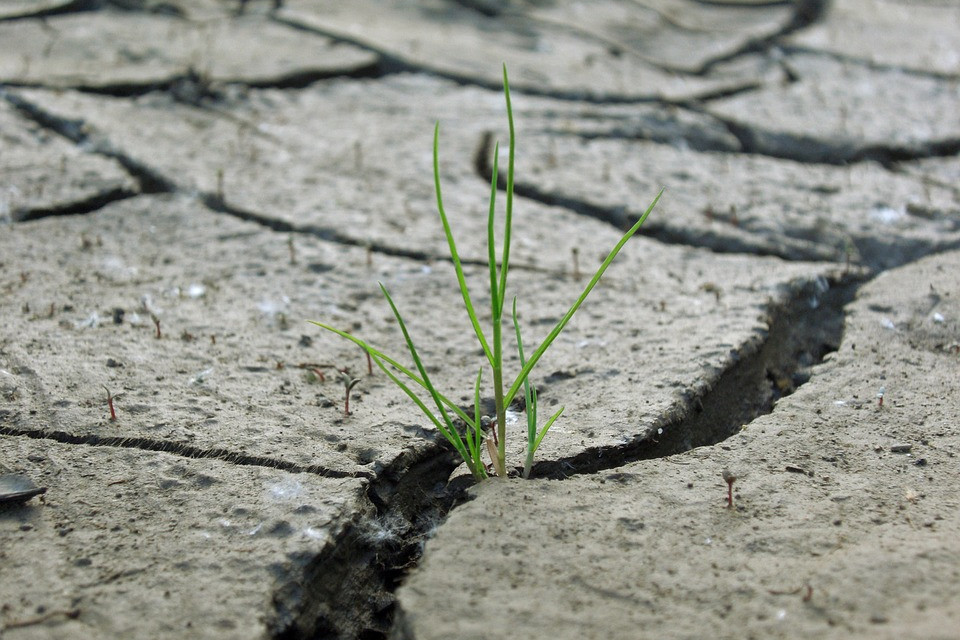
? Desertification affects almost a quarter of the total land area in the world and this process will continue in almost 70% of the world's drylands
? In the past decade, the planet lost a net total of about 94 million hectares of forest. The rate of deforestation is highest in developing countries located in tropical areas, where 4% of forest areas have been lost in the last ten years
? Human activity has degraded more than half of the world's coastal ecosystems. In Europe, the figure is 80% and in Asia 70%
? More than 11,000 species are listed as threatened and more than 800 species are already extinct, mainly due to the degradation of their habitats. Another 5,000 species are potentially threatened
? About 50% of the world's wetlands disappeared during the last century. It is expected that water consumption will increase by 50% in the next 30 years, and now pollution and climate change are threatening water supplies, particularly in Africa, the Middle East and Southeast Asia. It is likely that by 2025, three-quarters of the world's population will be living in a coastal strip 100 kilometers wide, placing huge pressure on marine ecosystems
? Since the fifties about 23% of all cropland, pastures, forests and mountains have degraded and tropical forests are disappearing at a rate of 5% every ten years
? About 75% of the genetic diversity of crop plants has been lost in the last century
? Of the 1,200 million people living in extreme poverty, about 900 million live in rural areas. They are highly dependent on biodiversity and their standard of living is seriously affected by the loss of biodiversity, water pollution and soil degradation
? About 70% of the fresh water used in the world is used in agriculture
? Of the 260 million hectares of irrigated land in the world, 80 million are affected by salination, which causes severe reductions in soil fertility
? Vast reserves of forests have been degraded due to logging and clear-felling for large-scale agricultural and urban use. More than 220 million hectares of tropical forest were destroyed between 1975 and 1990, primarily for food production







